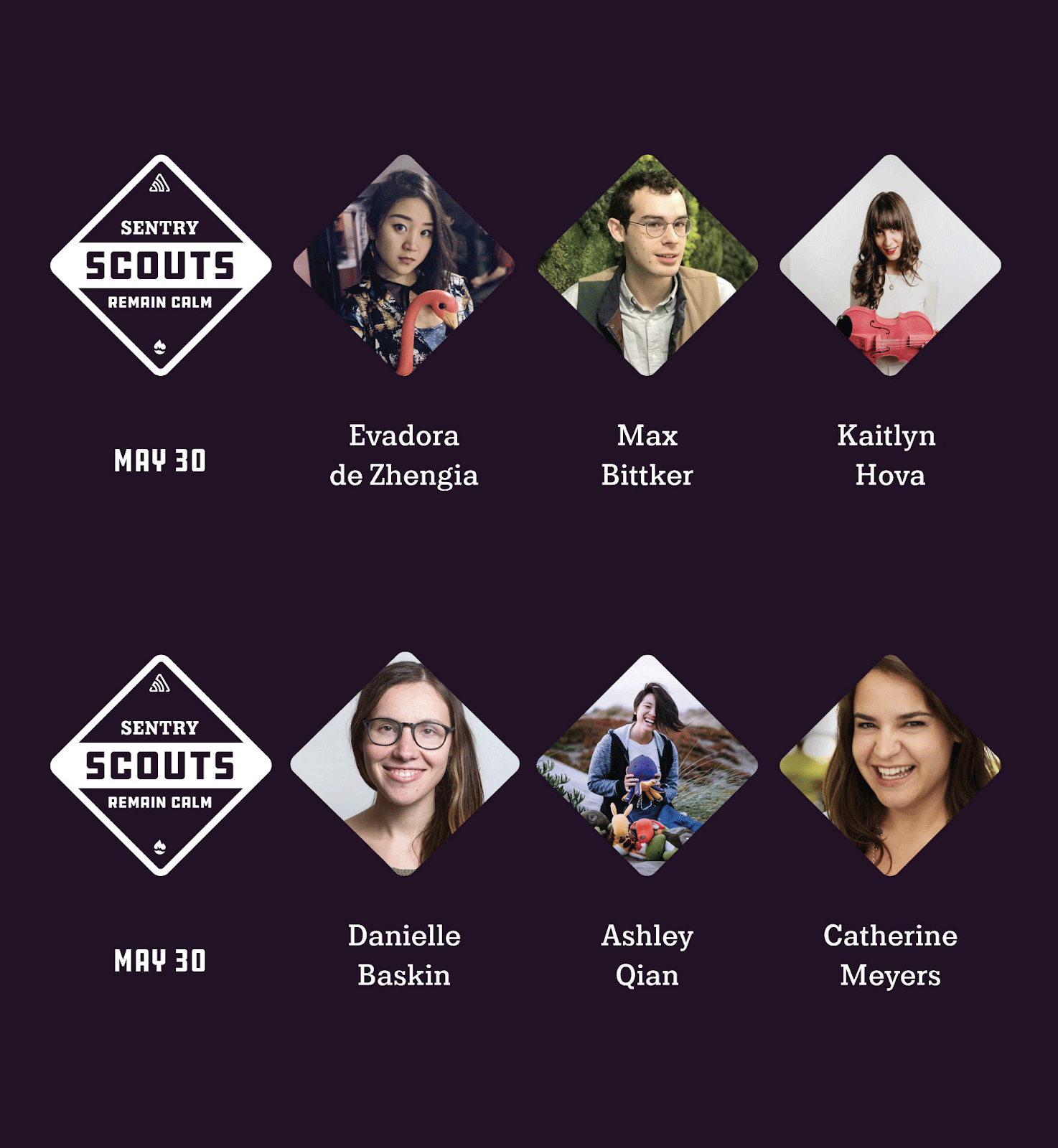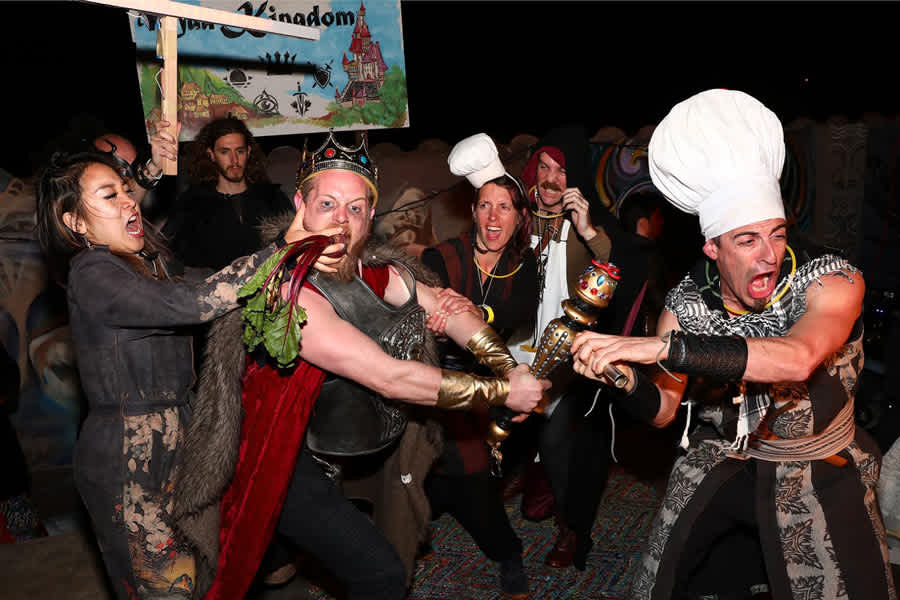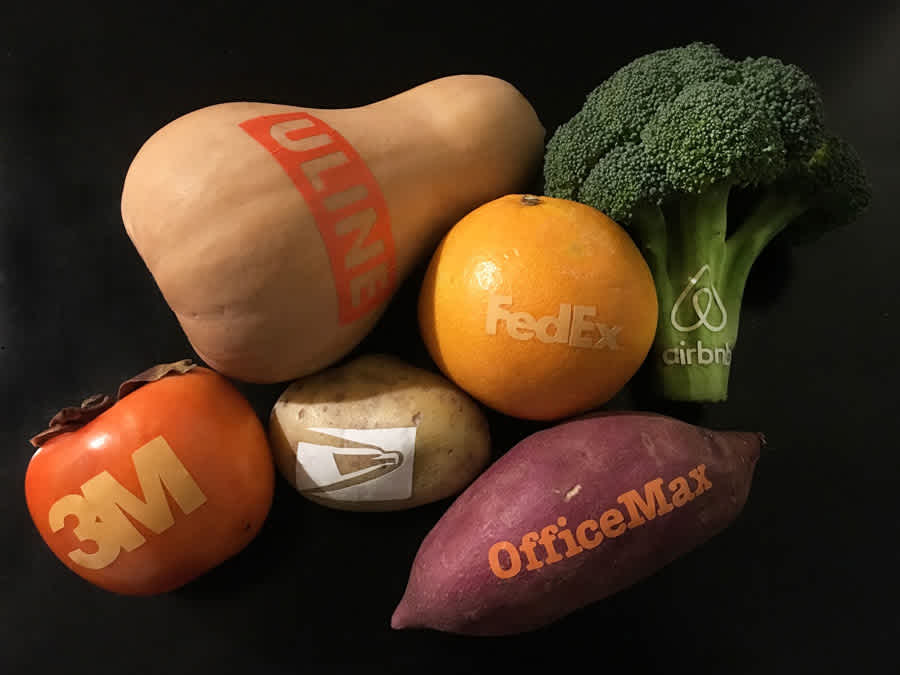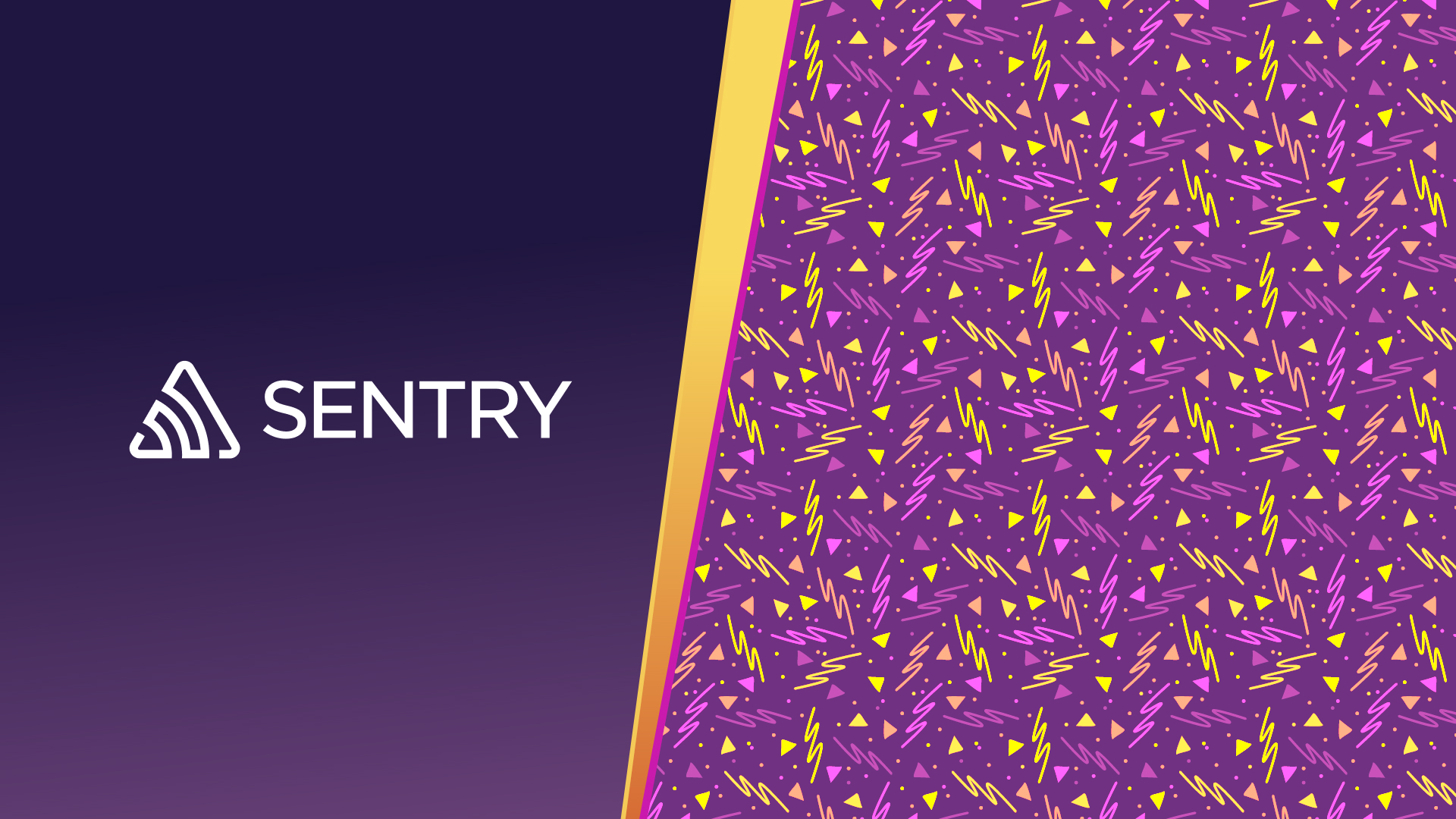Sentry Scouts: Arts + Tech — A Recap
Sentry Scouts: Arts + Tech — A RecapSentry Scouts Meetups are organized by software developers for software developers, about the future of building and using software. Sign up for the next Sentry Scouts Meetup.
Or do both. Or do neither. Or simply become paralyzed by choice and take a nap.
At Sentry, we celebrate diverse backgrounds. From evangelists who sang in musicals, content strategists who directed films, and even engineers who craft hipster lighting fixtures: we’re big fans of bringing our artistic backgrounds into our work! With a spark of creative inspiration, we dedicated May’s Sentry Scouts Meetup to Arts + Tech.
What's Sentry Scouts? Sentry Scouts Meetups are an opportunity for like-minded friends and professionals to swap stories around a faux campfire (a fauxre, if you will). There are snacks and drinks, but not a cold pizza in sight. For the Arts + Tech panel, we were joined by this amazingly talented group:
Many Paths Lead to Tech
In addition to being talented, our panelists have another thing in common: they all come to tech from entirely different backgrounds. Some of our panelists made their way to tech from art, while others made their way to art from tech.
Catherine Meyers was a professional opera singer before attending an engineering bootcamp.
Evadora de Zhengia earned a theater degree while cultivating a passion for hackathons.
Kaitlyn Hova started playing her violin professionally at the age of 11 before turning to neuroscience and coding in college.
Danielle Baskin was a painter before using tech to pull pranks.
Ashley Qian is a software engineer that embraces her artistic abilities by making musical stuffed animals (among other things).
Max Bittker is a software engineer that uses his creativeness to making procedural art.
While money was sometimes the driver to tech, cash wasn’t always the primary motivator. Instead, our panelists explained the desire to use art and tech to communicate something in a different way, whether that something was a joke, a different perspective, or the use of a new word in The New York Times.
Now Look at This Amazing Art from the Panel
Here is an example of Evadora’s immersive art, which she describes as a twist on your average party. “The moment you step into the house, the adventure begins.” This particular art-installment/party resembled a role-play game where partygoers had to use household items (like a beet) to overthrow the king.
microintrospection— New New York Times (@NYT_first_said) September 20, 2018
Max is inspired by the limitations of tech and enjoys the way a particular medium or tech guides art. His Twitter account, New New York Times, tweets words when they are used by The New York Times for the first time. Some of the words are genuinely new, some are typos, and all are a fascinating look into how we use text.
Danielle wanted to reduce the amount of useless swag at events, and she is accomplishing that goal by creating swag you can eat. In addition to brandedfruit.com, Danielle’s projects are varied, including a bitcoin wallet that you can store in a pocketknife and sweaters for drones.
When transitioning from professional opera singer to engineer, Catherine thought that she would be successful at coding in spite of her background. Instead, she found unexpected connections between music and code. As you can see in her RubyConf talk from last year, Catherine thinks that Mozart could have even been an engineer.
Although Ashley is a software engineer at DIY, an online community that teaches skills to kids and inherently creative space, she credits the start of one of her most popular projects to a Christmas gift. Ashley created a stuffed animal that, via a Bluetooth connection to a computer, could play music like an instrument. With many hours of reverse engineering, Googling, and watching Youtube videos, she began to expand the first idea to other animals and instruments. She creates and shares her own videos, like the one above, with the hopes of inspiring others.
Despite already playing her violin for big names at age 11, Kaitlyn realized that she wouldn’t be a true professional without a website where people could book her for events. It wasn’t until college that Kaitlyn realized that she had synesthesia, where stimuli to one sense triggers another sense. In her case, music triggers shapes and colors. This discovery led her to study neuroscience in search of the best way to describe synesthesia to someone who doesn’t have it. She’s since created a company that creates open-source 3d printed acoustic violins, like the one she plays in the video above.
Thank you to everyone who joined us for Sentry Scouts: Security. We hope to see you next time. In the meantime, you’ll want to check out our fantastic blog, educational (yet fun) tutorials, and other helpful resources.
See you there! Or here, on the internet!







